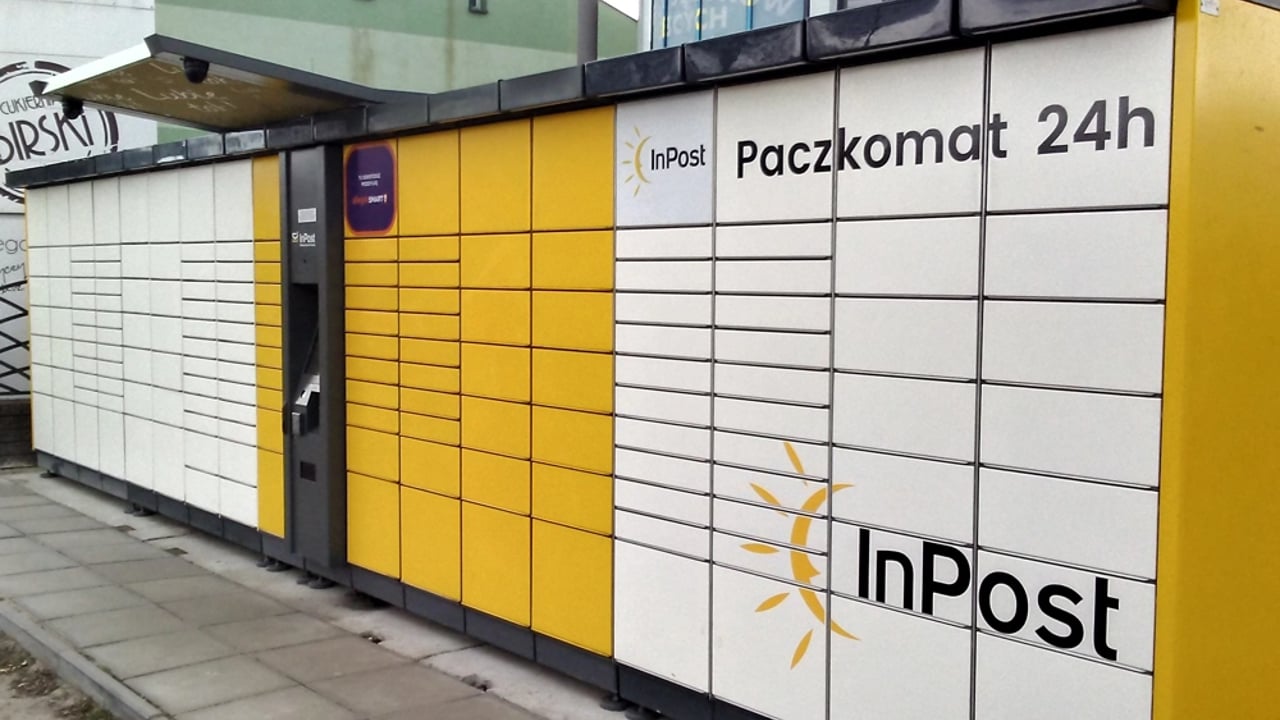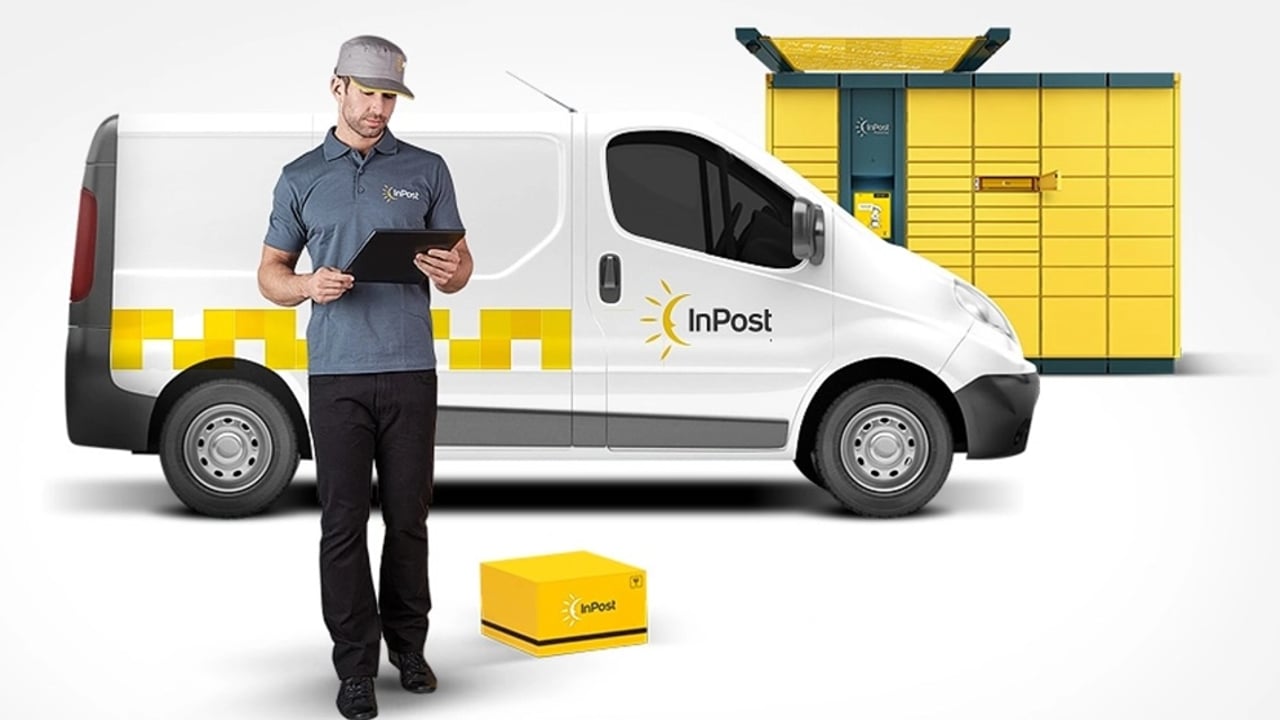InPost Revenue Growth: Pros and Cons of Delivery Automation
Last Friday, InPost released its earnings report, sparking discussions among experts and market participants. The overall impression from the data is that the company demonstrates robust growth driven by increased delivery volumes and optimization of its automated delivery network. However, it is also important to note that infrastructure costs put pressure on overall profitability.
Growth in Parcel Volumes
Over the past year, the volume of parcels sent increased to 1.1 billion, representing a 22% increase compared to the previous year. This trend reflects the growing consumer preference for InPost's out-of-home (OOH) delivery solutions, which are reshaping the last mile logistics landscape.
Reasons for the Increase in Delivery Volumes:
Convenience of automated lockers and terminals;
Rising popularity of online shopping;
Increased usage of services by businesses.

Financial Results
InPost has showcased outstanding financial performance, with revenue reaching 10.9 billion zlotys, a 23.5% increase compared to the previous year. The revenue growth can be attributed to several factors:
Network Expansion: The company continues to deploy automated devices, increasing service accessibility.
Traffic Increase: The rise in parcel shipments demands improved logistical solutions.
Partnership Integration: Enhanced partnerships with e-commerce platforms contribute to improved performance metrics.
Impact of Investments on Profitability
Despite impressive revenue figures, the investment in infrastructure creates financial risks for the company. The expanded costs of automation and modernization of the entire network could exert negative pressure on profitability. Nevertheless, many analysts are confident that the observed trends indicate positive long-term impacts.

Consumer Demand and Future Prospects
As more users adopt automated services offered by InPost, the company continues to strengthen its market position by expanding its range of services to meet the growing demand. The metrics indicate that, in light of the active increase in online purchases, upgrading the automated network and expanding services will be key factors determining the company's future growth.
Key Areas for Service Expansion:
New automated pick-up and drop-off points for parcels;
Business-centric services focusing on speed and efficiency;
Development of new software solutions to simplify interaction with customers and partners.
In conclusion, InPost demonstrates robust growth while underscoring the critical role of automation in today's logistics world. Investments in infrastructure enhancement, increase in delivery volumes, and development of new services significantly contribute to the company's successful trajectory. Given current trends, it can be asserted that InPost will continue to dominate the market, despite internal challenges.


















Comments